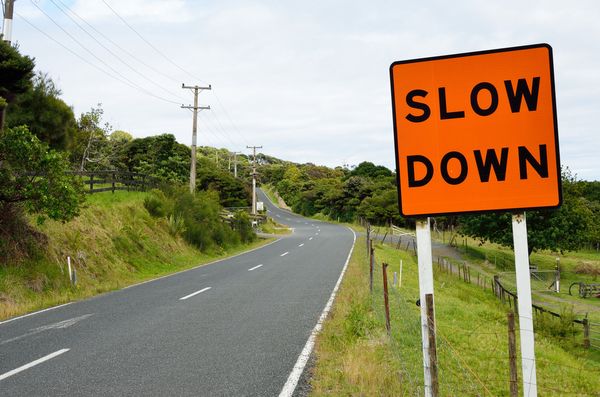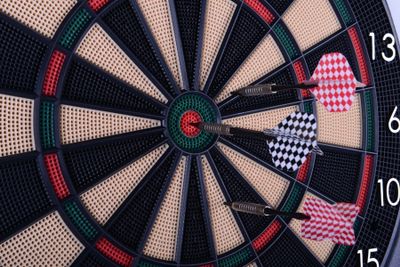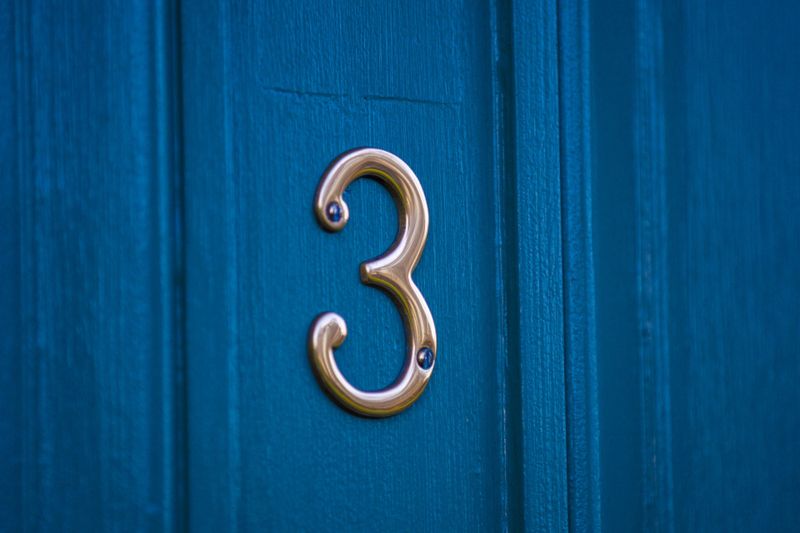Here is another fantastic article on 3 Solid Forex Trading Tips that will, actually, make You a better Trader.
Read on, and comment later.
“Three key things that will absolutely metamorphosize your trading. Now, I don’t know what trading strategy you are implementing, if you have one at all, whether it’s written down, what your approaches are? Many of you heard a little bit about maybe the HVF method I’m not trying to swing you onto that, you might have your approach. I know how it is, when I was getting to that intermediate phase, I started to harden up on that. I wasn’t ready to listen to other people’s new methods. I was just looking at tweaking and refining…
Maybe you somewhere sitting in that stage: “I’ve got my my posture, which is all mapped out. This is how I’m going to do it, but I’m open to, you know, a couple of tweaks and a couple of points.
So, here they come in chronological order – there’s three things that will make you substantially a better trader if you implement them. That’s only “if” that’s with them.
Number one:

Reduce the number of trades you place. Reduce the number of trades you place, so if you someone who does 30 trades a month in an hour, round trips approximately…obviously it can vary.
I’m saying to do – 10. Lose two-thirds of that which you do! Now, this is shocking and most of you are going to battle to do this; might do it, try it for a day, and your psychology and everything will work against you. And just doing this, number one, will prove exceedingly difficult. If you’ve been trading for any number of years, or even just four months, – you already have a pattern that you’ve developed.
It won’t feel like work – sitting there and doing nothing. What happens when you only do 10 trades instead of 30? Well, if it was 30 a week and you do 10, it feels like you’re working a lot less. You feel bored and you lack the patience. So, this will develop your patience.
You have more time, and one of the best things that should happen, is you become more selective. And the minute you become more selective…and you only need those “little prisoners” on the back of the wall: stripes, that you then draw a line through after you’ve drawn four – you draw a line to, and you’ve had done five of your five trades. You get a whole bunch more selective about them and that means – better quality. So, you put more work in, per trade, on the pre-trade arrangements then you did before, when you were doing 30, where you are just tactical and executing in and out.

The best part of trading, where the work is really done, is the amount of work we do pre-trade in the analysis, so cut your trades! Number one – cut your trades by 66% in number. Know how many trades you do in a month.
So, go find that out. Take an average over the last three months, six months, or however long you might have been trading and then, reduce it by 66 percent. That is going to prove exceedingly difficult. It’s going to test your patience, but what you should fill your time up with, is doing more technical research pre-trade, and being far more selective.
That’s point number one. This will improve you immensely. It’s not volume of trades that makes you wealthy…You’ll usually find, when I do P&L (Profit & Loss) analysis with traders, that it’s actually one or two key trades that they’ve done that have contributed 40% sometimes 60% that they’ve mined of all their results, so we stand very narrow on our winners.
Also read: How Others Are Using Trend Following Trading Strategies?
Point number two:
Stop putting market orders on. Stop placing market, at market orders. Every entry is to be a pending order entry, whereby you may or may not even be present when it is executed on your behalf. So, for number two – stop placing market orders. Rarely, very-very, rarely is “now” “right now,” – the key moment. Very rarely is “right now” that key moment. If you’re dropping down the timeframes and you’re watching and you’re getting hyper adrenalized by the tick – that’s more active, because you slip down the timeframe and say: “ That’s it! It’s taken off now! Chase! Jump, jump, jump!”
We are all inherent momentum chasers, and we’re waiting for the confirmation of that big move that we wait. And then you see a couple of flicks of a tick, which three times go on the upside; instead of one-up, one-down. And you think – that’s it, it’s the beginning of the move.

Rarely is “now” that moment. What do you do? You go up the time frames, you do all your pre- trade trend (everything else) analysis. You do all your key-levels of significance analysis, as I’ve referred to before, what are the key levels that the market has shown that it is respected? And on the take out of it – you had breakout trading.
And even if you’re not, if you’re trading in another sense on a certain event, you must have the “if”statement. “If” this level run, then buy or sell, or whatever the case may be. Now, if you do this, this means – many of your entries you may not even be present for, or you may not be observing at, but the reason for entry will be far stronger. Combining that with “point number one” will make it much easier.
Because, you now have something you have to look for and work to do to fill the time up now, that you’re only doing one third of the amount of trades you’re previously doing. Every entry is a pending entry! Do yourself a favor and count your profitability and your performance on your at-market-order trading versus your pending-order trading. You will be shocked to see which one is the key ones that turn out to be good things for you.
So, we’ve had “number one” with our “number two.” What is, “point number three?”
Point number three:
Point number three ties into many aspects of what I fundamentally believe in, – have a target! Do not exit on a trailing stop. That is a sub-optimal exit on the market moving adversely against you. Have a target, make yourself available for good fortune events, by having an order above the price action, if you’re going long and one well below the price action, if you’ve gotten short.
What does giving you a target do? It allows you to calculate, before entry, because you’re using a pending entry, your full reward to risk ratio.You will know before you are even triggered, what your best outcome is in the event of a successful trade and how much you’re risking, because you will place your stop-contingent on your pending order.

So, when you place your pending order, as per “point number two,” you will also have a contingent stop-loss and a contingent-target. Every time have a target. Every time, into on a pending order. Know your reward to risk ratio in advance of every trade. By the way, this also makes you available for positive slippage. Which is, when the market can skip very strongly in your favor.
It may even gap over your target – a gift that I’ve received more often than most people will imagine. It also means, you spend less time in the market then if you exit on a stop loss, and your line of efficiency – the gradient from your entry point to your exit, is its steepest.
So, the triangle geometry that you get on your line of efficiency…This is HVF (methodology-phraseology) – forget it if it means nothing to you. But the line of efficiency, is the point at which you entered to, when you exit. You want that line to be as steep as possible if you’re up (if you’re long), or as steep as possible to the downside, when you’re short. Minimum amount of time in the market – maximum amount of gain.
Our methodology is the only one that measures risk reward ratio divided by time. That’s the ultimate efficiency; how much juice against, how much did you risk, and how quickly was it attained. Every time you’re in the market, you are on Risk.
Okay folks, there they go – quick recap:
Point number one – cut your trades by 66% to one-third of the current amount of trading you’re doing. You’re going to be doing way more work on each individual trade. That’s how you’re going to fill up the time you’re making available.
For number two – pending order entries. No market order entries. “Now” is rarely the key moment. And with that pending-order you will also have “point number three.”
Point number three – your pending-stop and the pending-target, always have a target. Stick to the target, let it be run, forget what happens after that. You sign the contract for a great set of return. You will know your risk/reward and you are content for getting out on that target, and getting delivered that which you are. Remember, you’ve got to leave a little bit in, so that there’s someone else to take over your trade. And a reason, for them (market makers) to buy as you are selling out your longs, or vice-versa, to sell as you’re buying back your shorts.
Okay guys there’s your three points. I hope you found that useful…” – Francis Hunt.
Were These Three Pointers Helpful to You?
Let us Know by commenting below…
As found on Youtube

